Recharge Incentive Drop Airdrop Explained: What It Is, How to Spot Scams, and Safe Participation Tips
Recharge Incentive Drop Checker
Checklist for Verifying the Recharge Incentive Drop
Use this tool to evaluate whether the Recharge Incentive Drop is legitimate or potentially a scam.
Analysis Result
Airdrop Type Guide
Understand the different types of airdrops to better assess risk and potential rewards.
| Type | Typical Tasks | Risk Level | Potential Reward |
|---|---|---|---|
| Task-based airdrop | Follow social accounts, share posts, join Telegram | Low (no funds required) | Small-to-moderate (usually a few dollars worth) |
| Interaction-based airdrop | Swap tokens, provide liquidity, bridge assets | Medium (gas fees, possible loss) | Moderate-to-high (depends on protocol) |
| Staking-based airdrop | Lock tokens in a staking pool for a set period | High (capital at risk) | High (often proportional to stake size) |
| Holder airdrop | Simply hold a qualifying token at snapshot | Low (no extra action) | Varies (depends on holdings) |
Quick Summary
- Details on the Recharge Incentive Drop are scarce, so treat it like any unknown airdrop.
- Learn the main airdrop types and how they differ in effort, risk, and reward.
- Use a step‑by‑step checklist to verify legitimacy before sharing any wallet info.
- Follow best‑practice safety tips to avoid common scam pitfalls.
- If the drop proves real, you’ll know exact steps to claim and manage the tokens.
When you see a headline about the Recharge Incentive Drop an alleged cryptocurrency airdrop that currently lacks verifiable details on mainstream platforms, it’s natural to wonder whether it’s a golden opportunity or a trap. This guide walks you through what you can infer about the drop, why the information vacuum matters, and how to protect yourself while still staying open to legitimate airdrop chances.
What Is the Recharge Incentive Drop?
At its core, the Recharge Incentive Drop appears to be a token distribution campaign marketed under the vague name “Recharge Incentive Drop” with no clear project website, whitepaper, or official social channels publicly indexed. Because no reputable data source (CoinGecko, CoinMarketCap, major forums, or cryptographic explorers) lists it, we can only categorize it as an unverified airdrop. That doesn’t automatically label it as a scam, but it does raise red flags that demand extra due diligence.
Why Information Is Scarce
There are a handful of plausible reasons for the lack of public data:
- Very new launch - the project may have just announced the drop on a private Discord or Telegram group.
- Small‑scale or private distribution - only a select group of early testers might be eligible.
- Naming mismatch - the official name could differ (e.g., “Recharge Token Airdrop”) and search engines haven’t indexed it yet.
- Potential scam - scam operators often avoid leaving a digital footprint to evade detection.
Given these scenarios, you should approach the Recharge Incentive Drop the same way you treat any crypto airdrop an incentive distribution of tokens meant to attract users and promote a blockchain project that isn’t yet widely documented.
Common Airdrop Types Explained
Understanding the taxonomy of airdrops helps you spot which model the Recharge Incentive Drop might fit into. Below is a quick rundown of the most frequent types.
| Type | Typical Tasks | Risk Level | Potential Reward |
|---|---|---|---|
| Task‑based airdrop | Follow social accounts, share posts, join Telegram | Low (no funds required) | Small‑to‑moderate (usually a few dollars worth) |
| Interaction‑based airdrop | Swap tokens, provide liquidity, bridge assets | Medium (gas fees, possible loss) | Moderate‑to‑high (depends on protocol) |
| Staking‑based airdrop | Lock tokens in a staking pool for a set period | High (capital at risk) | High (often proportional to stake size) |
| Holder airdrop | Simply hold a qualifying token at snapshot | Low (no extra action) | Varies (depends on holdings) |
Historic examples illustrate how each model can generate massive community interest. The Uniswap airdrop rewarded early users with UNI governance tokens in a retroactive distribution was a classic holder‑plus‑interaction drop that granted every qualifying wallet at least 400 UNI, turning modest early users into million‑dollar holders. The ENS airdrop distributed .ETH domain tokens to early name registrants, sparking an explosion in Web3 identity adoption combined holder status with a simple claim process.
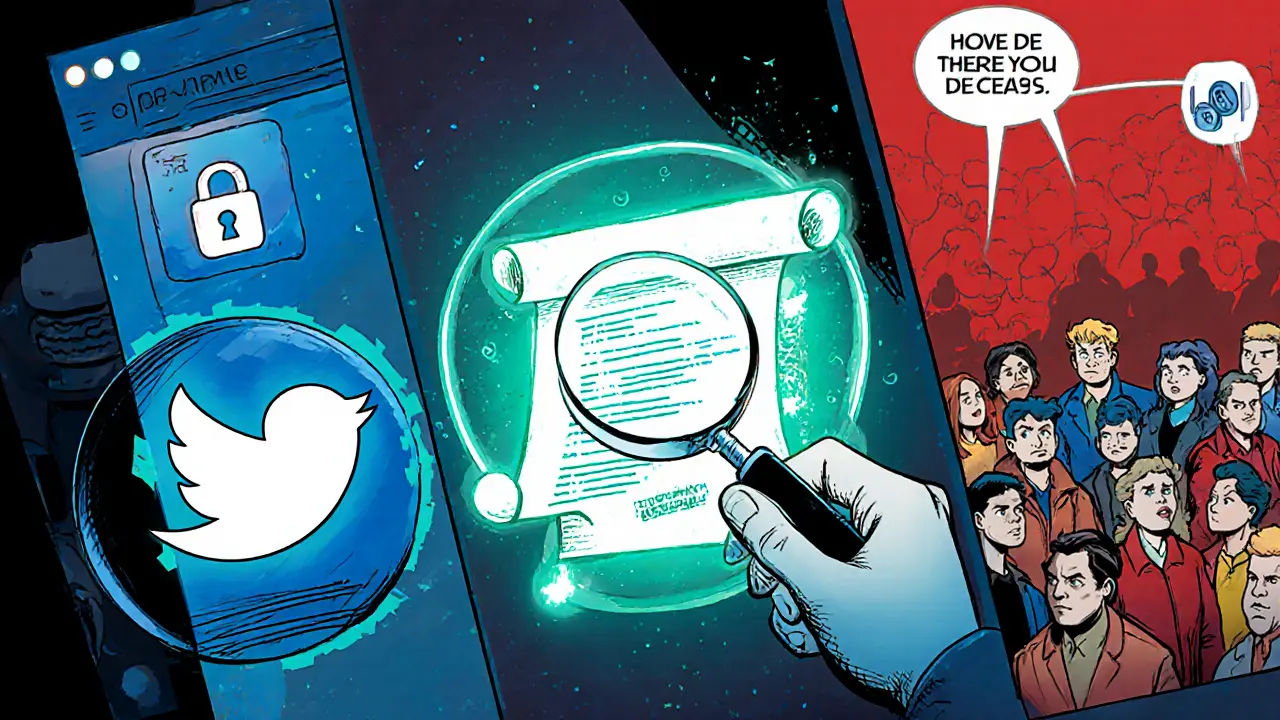
How to Verify an Airdrop’s Legitimacy
Before you ever share a wallet address or click a claim link, run through this checklist:
- Official channels: Look for a verified Twitter handle (blue check), an official website with SSL (https), and a Discord or Telegram with a clear admin hierarchy.
- Smart contract audit: If a contract address is given, check it on Etherscan or similar explorers. Verify the source code and see if it’s been audited by reputable firms.
- Community sentiment: Search Reddit, Bitcointalk, and Twitter for independent discussions. Genuine airdrops usually have multiple neutral voices.
- No upfront fees: Legitimate airdrops never ask for payment, private keys, or seed phrases. Any request for money is a red flag.
- Transparency: The project should publish a roadmap, tokenomics, and a clear distribution schedule.
If the Recharge Incentive Drop fails most of these criteria, treat it as high‑risk until proven otherwise.
Safety Checklist for the Recharge Incentive Drop
Even if you decide to explore the drop, follow these best practices to keep your assets safe:
- Use a dedicated “airdrop” wallet - keep it separate from your main holdings.
- Enable hardware‑wallet signing if the claim requires a transaction.
- Never share private keys, seed phrases, or personal identification.
- Test the claim process with a minimal amount of gas before committing larger transactions.
- Monitor token listings - reputable projects usually get listed on reputable DEXes within weeks.
Participation Steps If the Drop Proves Legit
Should your research confirm a legitimate Recharge Incentive Drop, here’s a practical flow:
- Join the official community channels (Discord, Telegram) and read the pinned announcement.
- Copy the exact claim URL or smart‑contract address provided by the team.
- Connect your dedicated airdrop wallet to the claim portal. Double‑check the contract address on a block explorer.
- Execute the claim transaction. Keep the gas price moderate to avoid overpaying.
- After receipt, verify the token balance in a portfolio tracker like Zerion or Zapper.
- Decide on a strategy: immediate sell, hold for potential growth, or provide liquidity on a compatible DEX.
Strategies for Handling Airdrop Tokens
Once you have the tokens, you can treat them like any other crypto asset:
- Sell immediately if you need cash or want to avoid volatility.
- Hold long‑term if the project shows strong development, community, and use‑case traction.
- Provide liquidity on a launch‑pair DEX to earn fees, but be aware of impermanent loss.
- Stake or farm if the token offers native staking rewards.
Always track the token’s market cap, volume, and any upcoming news that could move the price.
Key Takeaways
The Recharge Incentive Drop currently sits in a gray zone-no reliable data, no clear project identity. Treat it with the same caution you would any unknown airdrop: verify official sources, avoid giving away private keys, and use a separate wallet. Understanding the broader landscape of airdrop types-from task‑based to staking‑based-helps you assess risk versus reward. By following the safety checklist and participation roadmap above, you’ll protect yourself from scams while staying ready to catch genuine opportunities.
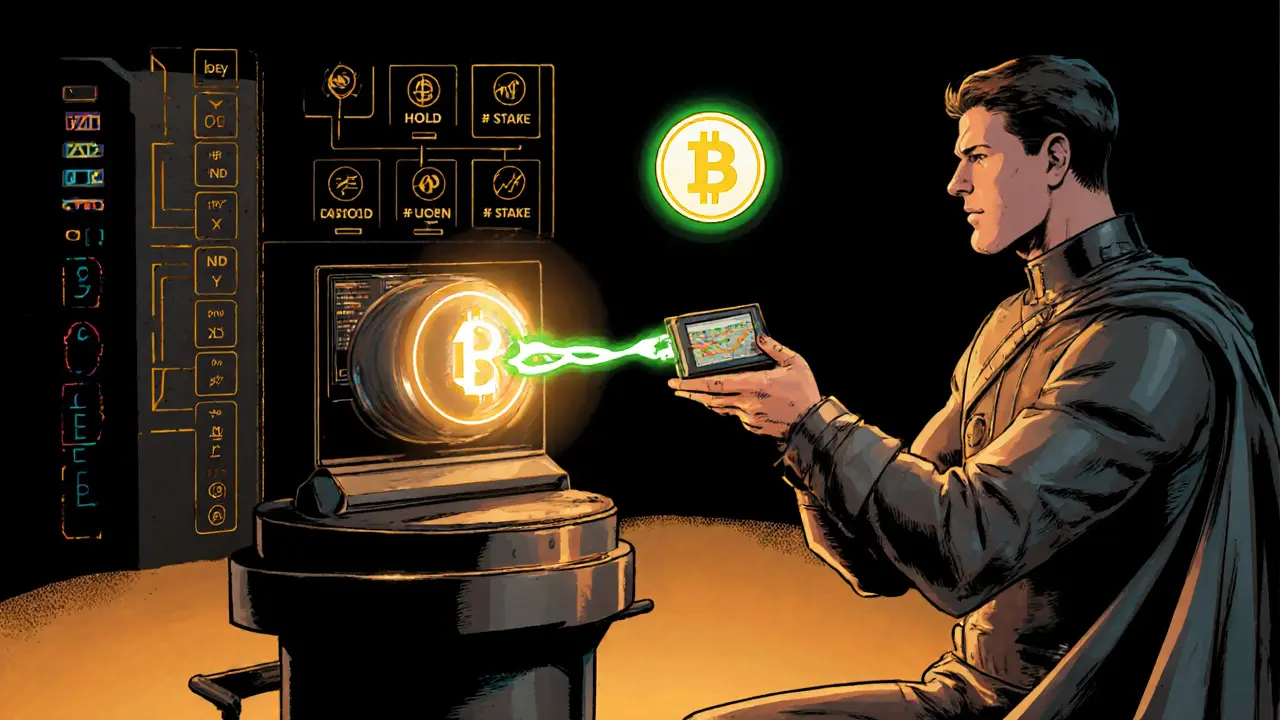
Frequently Asked Questions
Is the Recharge Incentive Drop a scam?
There is no publicly verifiable information about the drop, which means you should treat it as high‑risk until you can locate official channels, a reputable website, and a verified contract address. If those elements are missing, the safest move is to avoid participation.
What are the most common types of crypto airdrops?
The four main categories are task‑based, interaction‑based, staking‑based, and holder airdrops. Each varies in effort, risk, and potential reward, as shown in the comparison table above.
How can I verify a smart‑contract address for an airdrop?
Paste the address into a block explorer (Etherscan, BscScan, etc.). Look for a verified contract badge, read the source code, and check if reputable auditors have signed off on it. If the contract is brand‑new with no audit, proceed with extreme caution.
Should I use a hardware wallet to claim airdrops?
Yes, especially for interaction‑ or staking‑based drops that require a transaction. A hardware wallet isolates your private key, preventing phishing attacks and malware from stealing funds.
What’s the best strategy after receiving an airdrop token?
It depends on the project’s outlook. If the token shows strong development and community growth, consider holding or staking. If the market is volatile or the project stalls, selling for a stable coin can lock in value.
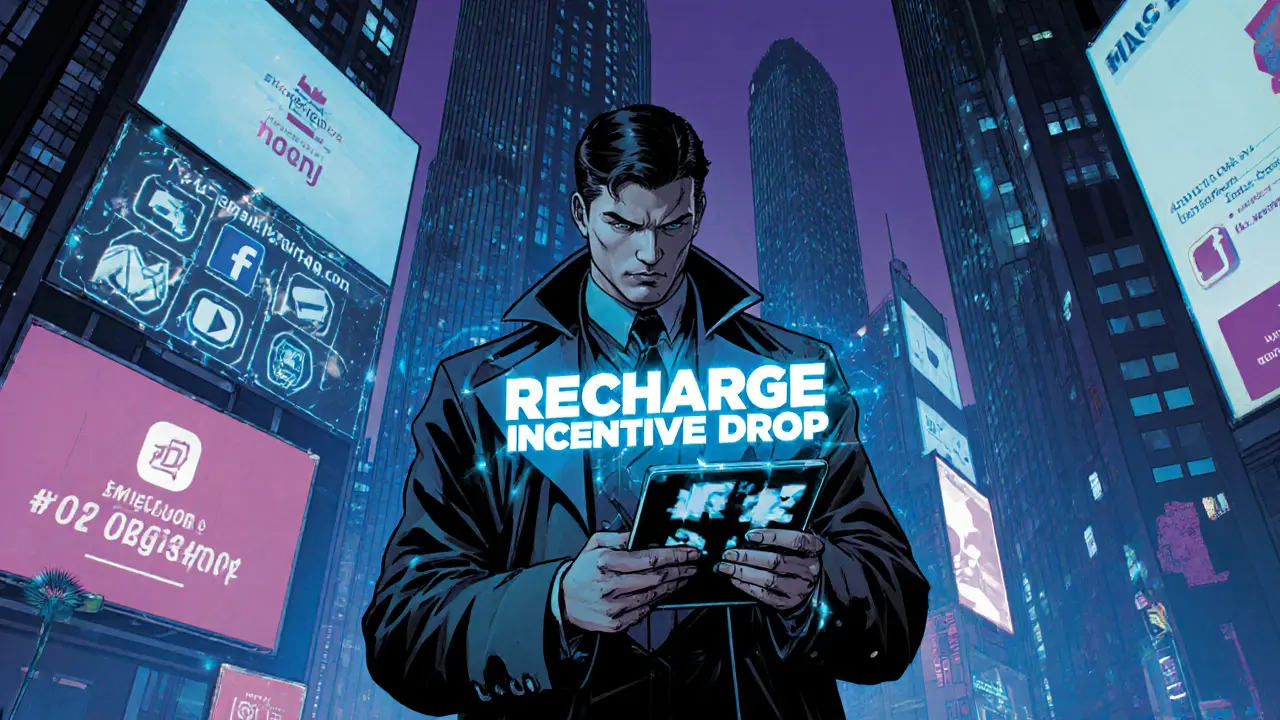

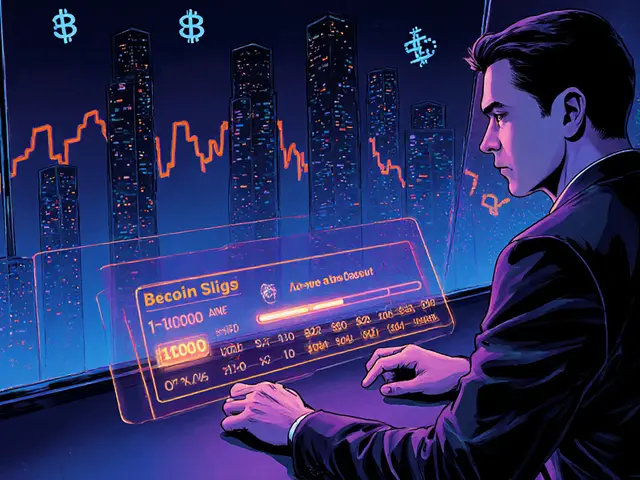
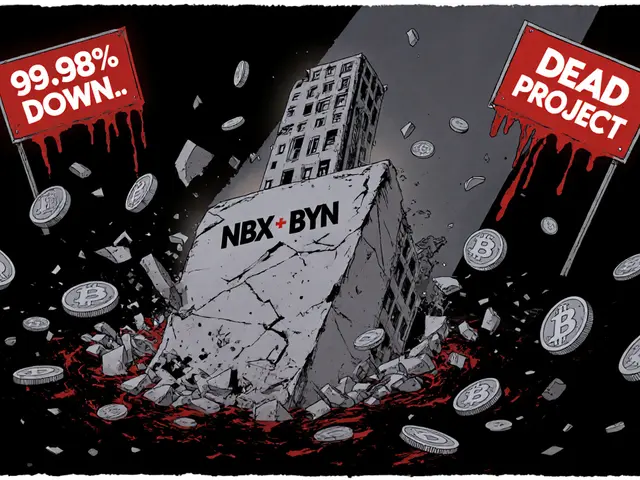
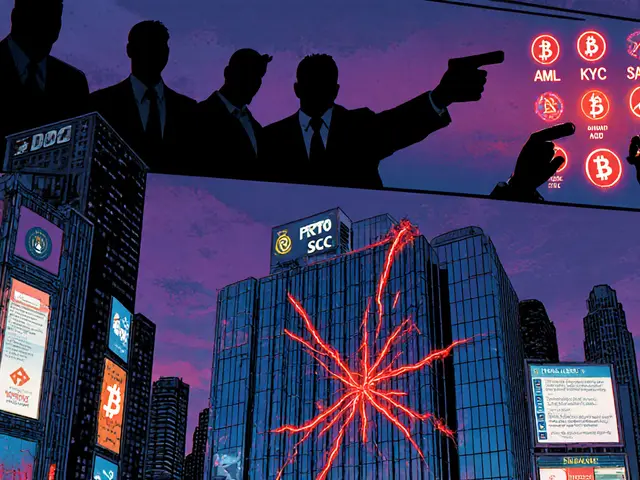
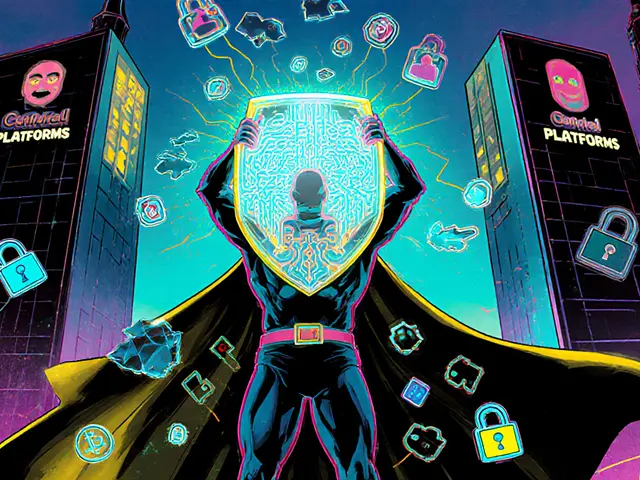
17 Comments
Sophie Sturdevant
October 13 2024Alright, let’s break down the due‑diligence pipeline for any airdrop, especially the nebulous Recharge Incentive Drop. First, you want to map the tokenomics vector and cross‑reference the smart‑contract audit status against known auditors-anything less than a Tier‑1 audit is a red flag. Second, perform a sentiment‑analysis sweep across Discord, Telegram, and crypto‑Twitter to gauge community legitimacy signals. Third, run a gas‑efficiency simulation to ensure you aren’t burning more ETH than the projected reward. If the drop fails any of these metrics, abort the operation immediately.
Jan B.
October 13 2024The checklist is clear: verify official channels, audit the contract, and avoid upfront fees. Keep your wallet separate and never share private keys. Follow these steps and you’ll stay safe.
MARLIN RIVERA
October 13 2024This so‑called “Recharge Incentive Drop” smacks of classic rug‑pull bait. They hide the contract address, demand vague “join our channel”, and promise free tokens without any traceable roadmap. Anyone with a modicum of blockchain literacy can spot the fraud vectors here. Do yourself a favor and skip it.
emmanuel omari
October 13 2024Look, I’ve seen dozens of foreign schemes trying to lure American investors with bogus airdrops. The lack of a verified Twitter blue check is a blatant indicator that this is not a legitimate US‑based project. If you want to protect your capital, stick to projects that publish audited code on Etherscan and have a transparent governance model. Anything else is just a pipe‑dream for scammers.
Andy Cox
October 13 2024yeah seems like they’re just throwing buzzwords around
Sidharth Praveen
October 13 2024Totally get the vibe – it’s easy to feel overwhelmed when every post screams “big gains”. Stay chill, keep your airdrop wallet isolated and test the claim with a tiny gas fee. You’ll be able to tell fast if it’s legit or just hype.
Richard Herman
October 13 2024Let’s keep the conversation constructive. The guide does a solid job of outlining the risk matrix, but I’d add a quick sanity check: search the token symbol on CoinMarketCap before you interact. Also, remember that community sentiment can shift overnight, so a snapshot today isn’t a guarantee for tomorrow.
Parker Dixon
October 13 2024Great point about the sanity check, and I’d like to expand on that with a step‑by‑step workflow that can save you from costly mistakes. 🎯 First, fire up Etherscan and paste the alleged contract address; look for the “Verified Contract” badge and read the source code comments – they often contain audit references. 🎯 Second, head over to DeFiLlama or Dune Analytics and pull the token’s on‑chain activity; if there are zero transfers in the past 48 hours, that’s a warning sign. 🎯 Third, join the official Discord, but be skeptical of any “admin” who asks for private keys or asks you to “approve” an arbitrary ERC‑20 token – that’s a classic phishing vector. 🎯 Fourth, if the project claims a reward, calculate the net ROI by factoring in gas fees, especially on congested networks; an apparent $10 reward might cost $12 in gas, turning profit into loss. 🎯 Fifth, use a fresh wallet address exclusively for the airdrop, and never reuse it for your main holdings – this isolates potential exposure. 🎯 Sixth, set a low slippage tolerance on any claim transaction to avoid front‑running bots that soak up the reward. 🎯 Seventh, after you receive the tokens, monitor the market depth on reputable DEXes; thin liquidity can lead to massive price impact when you try to sell. 🎯 Eighth, keep an eye on official announcements – any sudden change in distribution schedule or tokenomics usually precedes a dump. 🎯 Ninth, consider staking the token only if the protocol has a proven track record and transparent validator set; otherwise, you’re just locking in a possibly devalued asset. 🎯 Tenth, finally, document every step with screenshots; if something goes south, you’ll have evidence for community reporting. By following this checklist, you turn a vague airdrop into a measured experiment rather than a gamble. 🌟 Stay safe, stay curious, and happy hunting!
Stefano Benny
October 13 2024Honestly, I think the hype around “task‑based” airdrops is overblown – they’re just a cheap marketing ploy to grow follower counts. The real value lies in interaction‑based drops where you actually move capital, but even those are riddled with gas‑fee traps. If you’re chasing “free” tokens, you’re probably missing the bigger picture: sustainable yield farming.
Bobby Ferew
October 13 2024Wow, another “expert” telling us to keep our wallets separate while they themselves probably have a dozen hidden accounts. The irony is thick when the guide warns about phishing yet links to a site that could be a phishing portal itself. It’s like saying “don’t drink the water” while serving it in a cracked glass. Maybe we should all just stay home and avoid crypto altogether.
celester Johnson
October 13 2024There is a profound paradox in the discourse of digital decentralization: we seek autonomy yet remain shackled by the very instructions meant to liberate us. When a guide admonishes vigilance while embodying the same opacity it decries, we confront the Sartrean absurdity of freedom within a deterministic codebase. The solution is not to abandon the quest, but to cultivate a critical consciousness that interrogates each protocol’s epistemic foundations. Only then can we transcend the superficial safety checklists and navigate the blockchain ecosystem with philosophical rigor.
Prince Chaudhary
October 14 2024Respect the boundaries of each community, but also remember that motivation breeds participation. If a project provides clear incentives without hidden fees, many will step up and help the ecosystem grow. Just keep the verification steps tight and the rewards transparent.
John Kinh
October 14 2024Sounds like more work than it’s worth.
Mark Camden
October 14 2024From a ethical standpoint, it is imperative to scrutinize any airdrop that lacks transparent governance and audited smart contracts. The moral obligation of the community is to protect less‑experienced participants from predatory schemes. Therefore, I advise abstaining from the Recharge Incentive Drop until verifiable evidence surfaces. Engaging in due diligence is not optional; it is a responsibility.
Evie View
October 14 2024These moral high‑ground speeches are just noise; the real world rewards the bold who take calculated risks, not the timid who hide behind ethics. If you’re scared of a little uncertainty, you’ll never see any profit. Drive forward and claim the drop before it disappears.
Nathan Blades
October 14 2024Listen up, team! The energy you bring to a new airdrop can be the catalyst that transforms a fledgling token into a community powerhouse. Imagine the narrative: a group of motivated individuals staking, providing liquidity, and championing the project across social channels. This collective drive not only boosts token valuation but also establishes a resilient governance framework. Yet, remember: without a solid philosophical underpinning-transparency, fairness, and long‑term vision-the hype will crumble like sand. So align your ambitions with a clear roadmap, and let the momentum propel you to the top.
Somesh Nikam
October 14 2024Great insights! 👍 Make sure to keep the wallet separate and double‑check the contract address on Etherscan before you claim. That way you stay safe while you ride the wave. 🚀